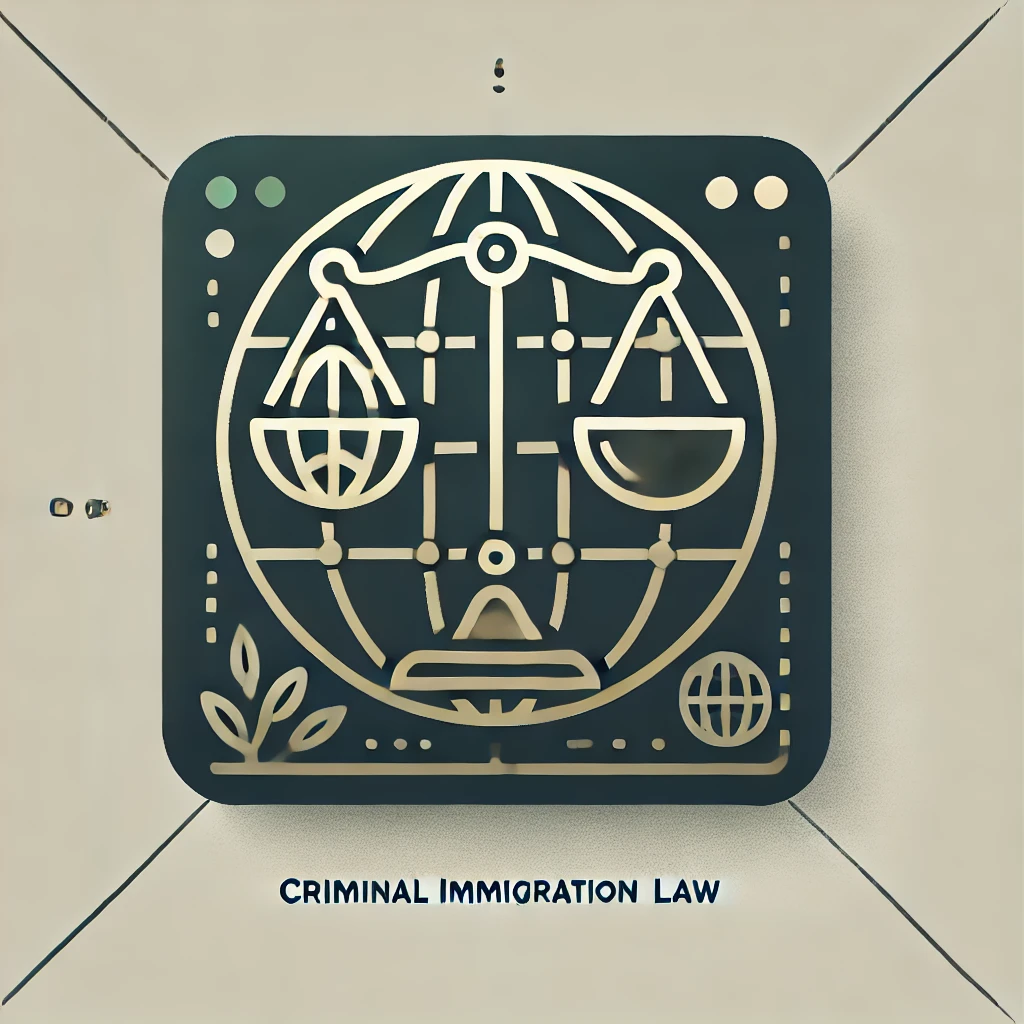Welcome to our guide on Form I-131: Application for Travel Document Simplified. If you’re looking to travel outside the U.S. while maintaining your immigration status, understanding this form is crucial. This article will break down everything you need to know about the application process, eligibility, and tips for a smooth experience.
Who Needs It?,
Types of Travel Documents,
How to Apply,
Common Questions,
Key Takeaways,
Conclusion
Understanding Form I-131: Application for Travel Document Simplified
What is Form I-131?
So, what exactly is Form I-131? This form is your ticket to applying for a travel document, which allows you to leave the United States and return without jeopardizing your immigration status. Think of it as a safety net for your travel plans. Whether you’re a refugee, a permanent resident, or someone with a pending application, this form is essential for ensuring you can travel freely.
Who Needs Form I-131?
Not everyone needs to fill out Form I-131. Here’s a quick rundown of who should consider applying:

- Permanent Residents: If you’re a green card holder planning to travel abroad for an extended period.
- Refugees or Asylees: Those who have been granted asylum or refugee status and wish to travel.
- Individuals with Pending Applications: If you have a pending application for adjustment of status and want to travel.
In short, if you fall into any of these categories, Form I-131 is likely your best friend for travel plans!
Types of Travel Documents
When it comes to Form I-131, there are a few different types of travel documents you can apply for:
USCIS taking too long? Discover how a Mandamus lawsuit can get your case moving.
Learn How a Writ of Mandamus Can Help- Advance Parole: This allows you to re-enter the U.S. after traveling abroad while your immigration application is pending.
- Refugee Travel Document: For those who have refugee status, this document lets you travel outside the U.S. and return.
- Re-entry Permit: If you’re a permanent resident planning to stay outside the U.S. for more than a year, this permit is essential.
Each type serves a unique purpose, so make sure you choose the right one for your situation!
How to Apply for Form I-131
Applying for Form I-131 might seem daunting, but it’s pretty straightforward if you follow these steps:
Step 1: Gather Your Documents
Before you even think about filling out the form, gather all necessary documents. This includes:
- Your current immigration status documents (like your green card or asylum approval).
- Proof of your travel plans (like flight itineraries).
- Any supporting documents that may strengthen your application.
Step 2: Fill Out the Form
Now, it’s time to tackle the form itself. Make sure to:
Get complimentary general advice via email or WhatsApp!
For more in-depth legal counsel, phone or office consultations are available for a flat fee for up to 40 minutes.
Contact Us on WhatsApp Email us- Answer all questions accurately.
- Double-check your information to avoid delays.
- Sign and date the form at the end.
Step 3: Pay the Fee
There’s usually a fee associated with Form I-131. Check the USCIS website for the most current fee structure. Don’t forget to include your payment with your application!
Step 4: Submit Your Application
Once everything is filled out and you’ve included your payment, it’s time to send it off. Make sure to send it to the correct address listed on the USCIS website. You wouldn’t want your application to get lost in the mail!
Step 5: Wait for Processing
After submission, you’ll receive a receipt notice. Processing times can vary, so be patient! You can check the status of your application online.
Common Questions About Form I-131
Here are some frequently asked questions that might help clarify things:
Looking for in-depth legal counsel? Call us or visit our contact page to schedule a paid consultation.
Call Us Visit Our Contact Page1. How long does it take to process Form I-131?
Processing times can vary widely, but it typically takes a few months. Always check the USCIS website for the most current information.
2. Can I travel while my application is pending?
It’s generally not advisable to travel until you receive your travel document. Doing so could jeopardize your immigration status.
3. What if my application is denied?
If your application is denied, you’ll receive a notice explaining the reasons. You may have the option to appeal or reapply, depending on the situation.
Key Takeaways
- Form I-131 is essential for certain immigrants wishing to travel.
- There are different types of travel documents available.
- Gather all necessary documents before applying.
- Double-check your application to avoid delays.
- Be patient during the processing period.
Conclusion
Traveling while navigating the complexities of immigration can be stressful, but understanding Form I-131 is a significant step in the right direction. Remember, it’s always wise to seek legal help early in the process to ensure you’re making the best decisions for your situation. Don’t hesitate to reach out to an immigration attorney who can guide you through the process. Safe travels!
Related Articles
- Understanding the Immigration Process,
- How to Apply for a Green Card,
- What to Expect During Your Immigration Interview,
- Top Tips for Filling Out Immigration Forms,
- Understanding Asylum Status,
- How to Prepare for a Visa Interview,
- Common Mistakes in Immigration Applications,
- Traveling on a Visa: What You Need to Know,
- Understanding the Adjustment of Status Process,
- How to Renew Your Green Card,
